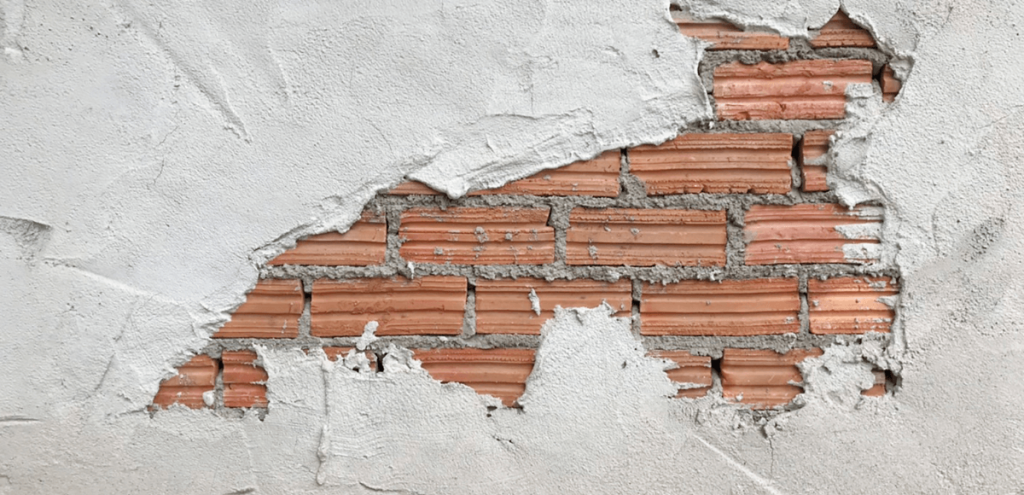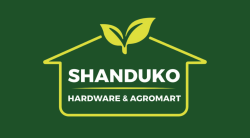Congratulations, you’re now ready to build! But you reach a store wanting to buy bricks and before you get an actual price to include in your budgeting, come across a couple of questions. Most of them come coded in unfamiliar construction and brick language, especially if you’re a first-time builder.
Makoro Sunrise Travertine, Sino Standard Shale, and Farm Bricks are some of the terms we came across when we first entered the brick and construction world. Fortunately, you don’t have to decode all these by yourself now, just keep reading.
Main types
The most common types of bricks in Zimbabwe and most of the world right now are rendered and face bricks.
Rendered bricks, mostly known as common bricks, are built to be structurally secure and less for aesthetics. Their name comes from the need to be rendered over with for example cement, which is fondly known as plastering. This generally gives the building project an extra layer of insulation.
On the other hand, face bricks are generally fired at extreme temperatures with the goal of making them weatherproof and aesthetically more pleasing.
Point of differences
There’s an ongoing argument on which bricks are costlier and how we wish we could resolve it! Our suggestion, is rather you focus on your construction goals. What do you want to build and achieve?
Common bricks
One thing is clear, when you purchase bricks from Shanduko or any other store, face bricks go for a slightly higher price than rendered bricks. Over time, the costs may or may not offset each other.
If you’re setting up a construction project that requires the structural quality of a brick, but not so much the aesthetics or longevity, it’s definitely smarter to go for rendered bricks and save money for other resources.
Face bricks
However, if you’re building for the long term and are more concerned about aesthetics, you probably need to use face bricks.
Though you require a sizeable initial investment, face bricks have low maintenance costs unlike common bricks which need plastering and to be repainted every 10-15 years. Besides being environmentally friendly, face bricks may be repurposed for other construction projects in the future and are more fire and weather-resistant.
Experts even go as far as suggesting that the brick energy is different. Face bricks are believed to have a clay density that helps keep the buildings warmer in cold weather and cooler in hot weather.

Common examples
Makoro Sunrise Travertine, a coarse brick with a sunset-like face, and Sino Standard Shale, a maroon type of brick are examples of face bricks.
The farm brick, most commonly found in rural areas; made with budget quantity cement and strengthened manually under home-made fire is an example of a rendered brick.
Ready to build?
Want to find out more about how much investment you’d need for your next construction project depending on your brick of choice? Contact us to learn more.

